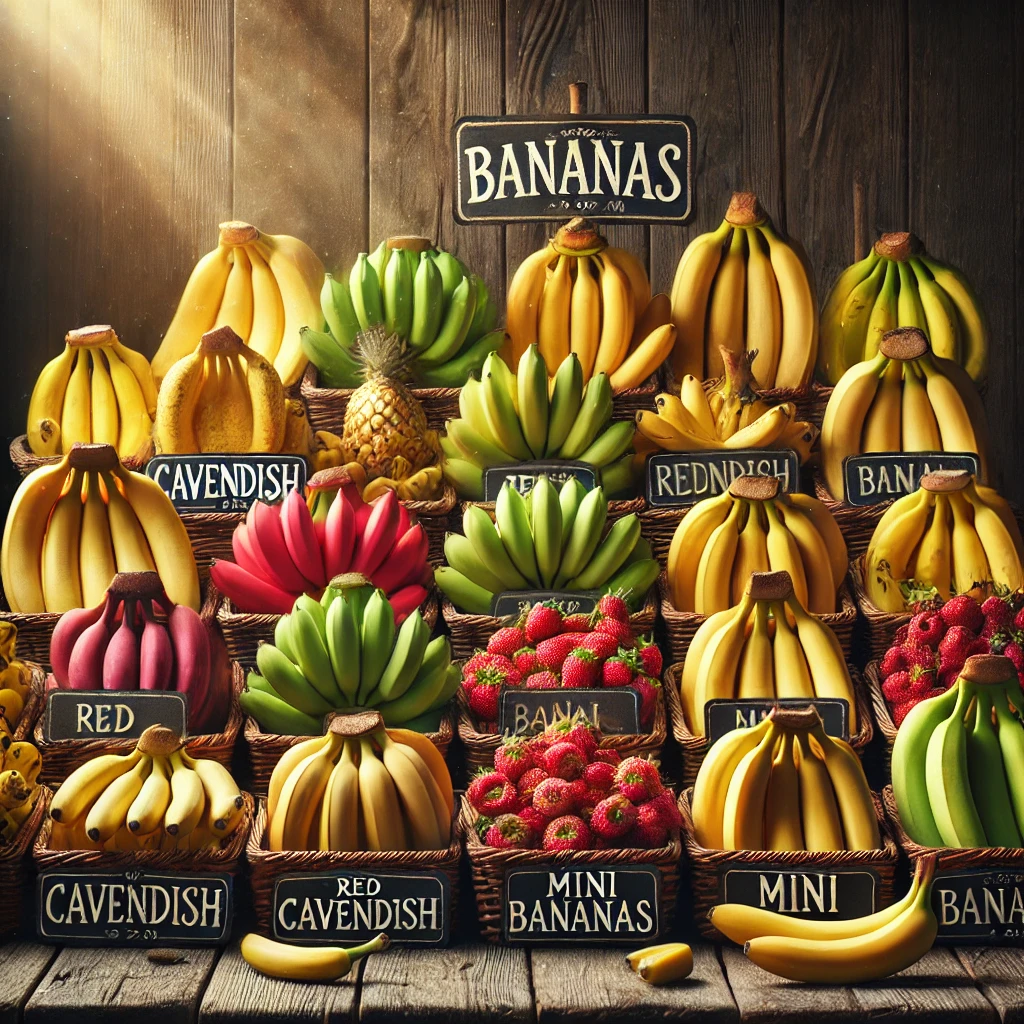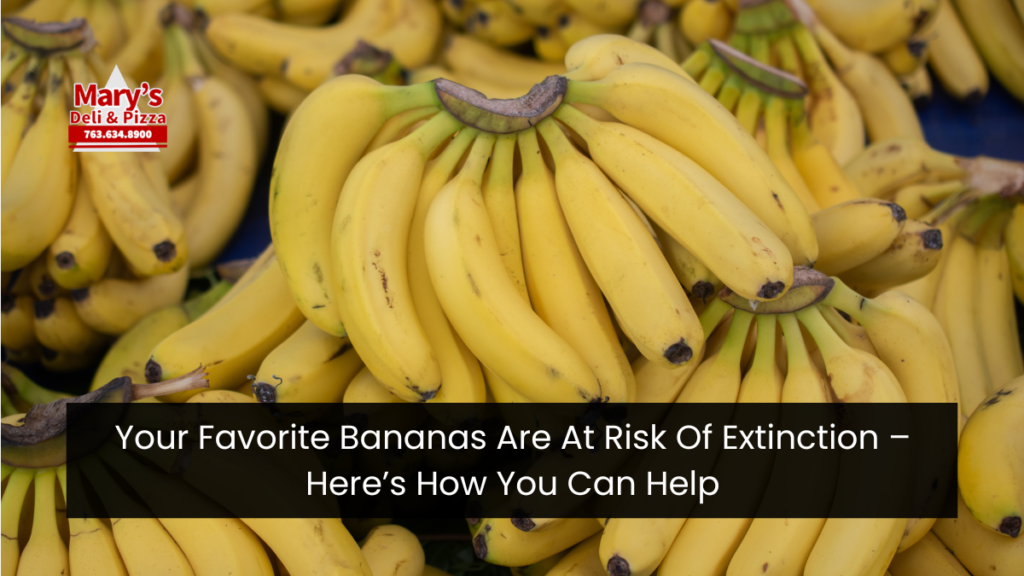Bananas are one of the most widely consumed fruits worldwide, whether enjoyed in smoothies, as a quick snack, or as the perfect ingredient for banana bread.
However, the bananas we love—especially the Cavendish variety—are now facing a major threat from a devastating fungal disease known as Fusarium oxysporum, or Tropical Race 4 (TR4).
Without urgent intervention, we may soon live in a world without this popular fruit. Thankfully, scientists have been working on solutions, and there’s even a way you can help prevent this crisis.
The Cavendish Banana Crisis
The Cavendish banana, the variety most commonly found in grocery stores, is under attack from TR4, a fungal disease that targets the plant’s roots, causing it to rot and die.
TR4 has been impacting banana crops worldwide for more than three decades, but its spread has accelerated over the last decade, affecting regions like Latin America, which supplies the majority of bananas to the global market. The spread of TR4 has heightened fears that the world could soon face a banana shortage.
As Fernando García-Bastidas, a researcher in plant health, explains, “Bananas are undeniably among the most important fruits in the world and a staple food for millions. The current TR4 pandemic could have significant implications for global food security.”
How TR4 Differs from Past Banana Diseases
TR4 is not the first fungal threat to bananas. In the 1950s, a similar fungal outbreak wiped out the Gros Michel banana, which was the most popular variety at the time.
The Cavendish banana was bred specifically to resist that earlier strain of Fusarium wilt. However, over time, TR4 has evolved, and its unique genetic makeup allows it to attack Cavendish bananas with great efficiency.
Researchers from UMass Amherst, who have been studying the fungus for the past decade, recently published their findings in Nature Microbiology.
Their research reveals that TR4’s virulence is linked to “strain-specific accessory genes” as well as the production of nitric oxide, which plays a crucial role in the disease’s ability to spread and damage crops.
Potential Solutions and the Role of Monocropping
While the scientists were able to identify key genes involved in TR4’s virulence, which opens the door to potential genetic solutions, they also point to a significant agricultural practice contributing to the banana crisis—monocropping.
Monocropping is the practice of growing the same crop in the same fields year after year, creating a perfect environment for pathogens like TR4 to thrive.

As Professor Li-Jun Ma from UMass Amherst explains, “When there’s no diversity in a huge commercial crop, it becomes an easy target for pathogens.” The lack of genetic diversity in commercial banana farming makes it nearly impossible for these crops to fend off evolving diseases like TR4.
How You Can Help Save Bananas
While the fight against TR4 continues in research labs, there’s a simple action you can take as a consumer to help save bananas: diversify your fruit purchases.
By trying different banana varieties, you encourage farmers to grow more diverse crops, helping to combat monocropping and reduce the risk of a widespread banana shortage.
Ma suggests seeking out lesser-known banana varieties like the Gros Michel, Nam Wah, or Mysore bananas at your local specialty grocery stores. By purchasing these varieties, you support banana diversity and provide farmers with more options to sustain their livelihoods.

Table: Key Facts About TR4 and Banana Extinction
| Topic | Details |
|---|---|
| Fungal Disease | Fusarium oxysporum (TR4) attacking Cavendish bananas |
| Affected Regions | Global, including major banana-producing regions in Latin America |
| Risk | Without intervention, banana crops could face extinction |
| Scientific Findings | TR4’s virulence linked to strain-specific accessory genes and nitric oxide production |
| Contributing Factor | Monocropping (growing the same banana variety repeatedly) |
| Consumer Action | Try different banana varieties to promote crop diversity |
The Bottom Line
Bananas, especially the beloved Cavendish variety, are facing a real and imminent threat of extinction due to the spread of the TR4 fungal disease.
While scientists have identified potential genetic solutions, monocropping remains a significant issue that continues to exacerbate the problem.
The good news is that you, as a consumer, can help make a difference. By choosing to buy diverse banana varieties, you can contribute to the fight against monocropping and support the survival of bananas for future generations.
FAQs
1. What is TR4, and how does it affect bananas?
TR4 is a fungal disease that attacks the roots of banana plants, causing them to rot and die.
2. Why is the Cavendish banana variety most affected by TR4?
The Cavendish is grown widely due to its past disease resistance, but it lacks genetic diversity, making it vulnerable to new strains like TR4.
3. What did scientists discover about TR4?
Researchers found that TR4’s virulence is linked to specific genes and nitric oxide production, which could offer pathways for future control.
4. How can I help save bananas?
Support banana diversity by purchasing less common varieties like Gros Michel, Nam Wah, or Mysore bananas.
5. Why is monocropping a problem for banana crops?
Monocropping leads to a lack of genetic diversity, making crops more vulnerable to diseases like TR4. Diversifying crops can help protect against such threats.






